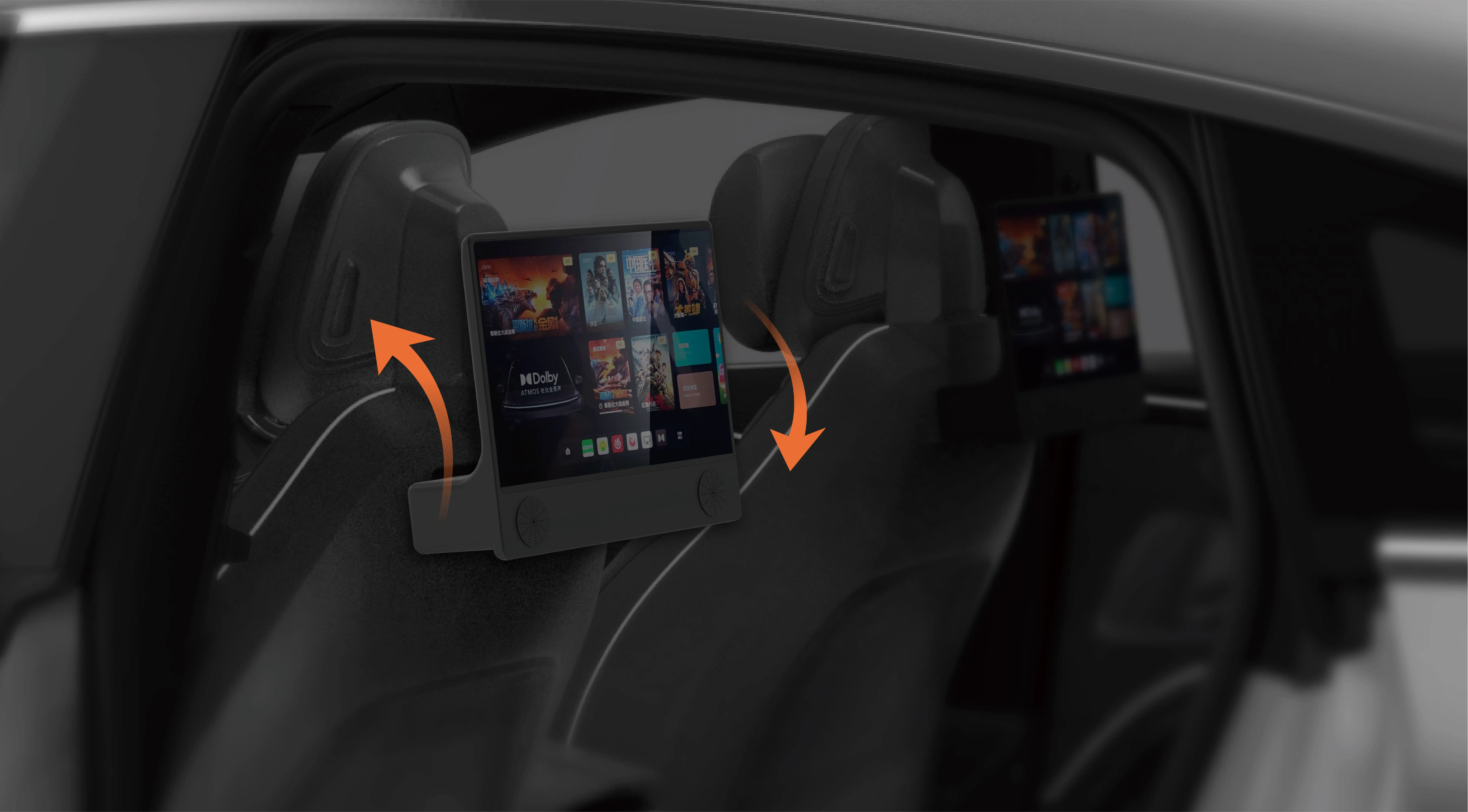In the ever-evolving landscape of modern machinery and robotics, precision, efficiency, and adaptability aren’t just desired—they’re demanded. A linchpin in this ongoing revolution is the humble yet powerful small DC servo motor. At first glance, these tiny devices might appear modest, but their role in driving innovation is anything but minor.

Imagine a world where robots delicately assemble tiny electronics, drones hover with pinpoint stability, and automated manufacturing lines produce complex products with high precision—all seamlessly powered by these small yet mighty motors. That’s the reality made possible by small DC servo motors.
What are Small DC Servo Motors? A small DC servo motor is a compact electromagnetic device designed to convert electrical energy into mechanical motion with high accuracy. Unlike standard motors that spin freely when powered, servo motors include integrated control circuitry—typically a servo drive or a control board—that allows for precise position, speed, and torque regulation. This makes them ideal for applications where controlled movement is crucial.
The "small" designation refers to their size, which typically ranges from a few millimeters to a few centimeters in diameter. Their diminutive form factor enables integration into tight spaces without sacrificing performance or control capabilities. Despite their size, they pack a punch in delivering reliable, repeatable movements.
Engineering: How Do They Work? At the heart of a small DC servo motor is a simple but elegant design comprising a permanent magnet stator and a rotor winding. When voltage is applied, the rotor turns, driven by electromagnetic forces. The motor's control system constantly monitors its position via feedback mechanisms—often using sensors like encoders—and adjusts the input signal to achieve the desired motion.
This closed-loop control system differentiates servo motors from regular DC motors. It ensures that the motor not only reaches a target position but maintains it against external forces or disturbances—crucial features in automation and robotics.
Key Features and Benefits Small DC servo motors offer numerous advantages that make them indispensable in high-precision applications:
High Accuracy & Repeatability: Thanks to feedback systems, they can achieve precise positioning down to fractions of a degree. Speed Control: Easily tunable motor speeds allow smooth acceleration, deceleration, and consistent operation. Compact & Lightweight: Their small size makes them perfect for space-constrained environments, including micro-robotics and wearable devices. Energy Efficiency: They consume less power relative to their output, reducing operational costs and heat generation. Reliability & Longevity: Solid construction and robust control systems ensure prolonged service life, even under demanding conditions. Ease of Integration: Many small DC servo motors come as ready-to-use modules with control interfaces compatible with common automation systems.
Diverse Applications Across Industries The versatility of small DC servo motors manifests across various sectors:
Robotics: Precision manipulators, robotic arms, and mobile robots leverage small servo motors for smooth, controlled movements, enabling delicate tasks like assembly and surgical procedures. Manufacturing & Automation: Automated guided vehicles (AGVs), CNC machinery, and conveyor systems depend on these motors for repeatable, high-speed operations. Aerospace & Drones: Compact, lightweight, and precise control is paramount in UAV stabilization, camera gimbals, and robotic inspection devices. Medical Devices: Small motors are used in infusion pumps, diagnostic equipment, and prosthetics, where precision and miniaturization are key. Hobbyist & DIY Projects: Enthusiasts use small servo motors in RC vehicles, home automation, and custom gadgets due to their affordability and simplicity.
Choosing the Right Small DC Servo Motor Selecting the ideal motor depends on several factors:
Torque & Speed Requirements: Determine the load and movement speed needed for your application. Power Supply Compatibility: Check voltage and current specifications to ensure seamless integration. Control Precision: Decide on the feedback mechanisms, such as encoders or resolvers, that match your accuracy needs. Size Constraints: Balance the motor’s dimensions with the available space. Environmental Conditions: Consider factors like temperature, humidity, dust, or water exposure to select appropriate insulation and sealing.
Investing in quality and understanding the specific demands of your application can dramatically enhance system performance and durability.
In this promising universe of small DC servo motors, innovation continues to propel us toward smarter, more capable machines. The next segment will delve deeper into the technological advancements, implementation tips, and future trends shaping this dynamic field. Stay tuned to see how these tiny powerhouses are redefining the boundaries of what’s possible.
Kpower has delivered professional drive system solutions to over 500 enterprise clients globally with products covering various fields such as Smart Home Systems, Automatic Electronics, Robotics, Precision Agriculture, Drones, and Industrial Automation.




































